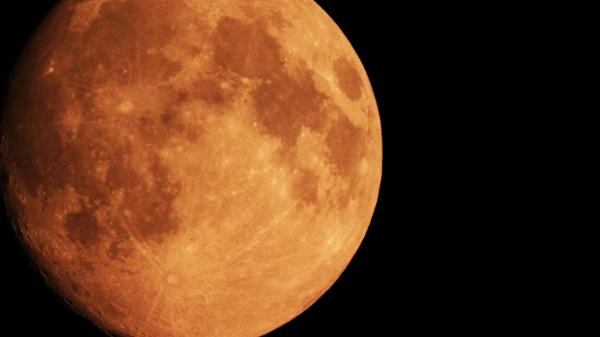How to Take Pictures of a Lunar Eclipse
It takes both skill and good camera equipment to photograph a lunar eclipse.

When taking pictures of a lunar eclipse try to capture the details surrounding it.
©iStockphoto.com/CochiseVista
Last Longer
Lunar eclipses happen at a similar frequency as solar eclipses, but they last longer and can be seen from a larger area on Earth. This gives more opportunity to see a lunar eclipse, but they can be tricky to catch on camera.
Plan Your Pictures
Whether you have a smartphone or a more advanced camera, planning is the key to a successful shot.
- Find the next lunar eclipse. If you use a compass to angle your camera, make sure to take into account magnetic declination.
- Check the weather! Dense clouds can cover the eclipse, but scattered clouds can add interest to your image.
- Lunar eclipses take time, sometimes hours, so decide if you want to capture all the stages of the eclipse or just the totality when the Moon turns red.
User photos: Total lunar eclipse
Can I Use My Phone Camera?
You cannot expect to take spectacular pictures of a lunar eclipse using only your cell phone because smartphones and small compact cameras only have a wide lens and a small sensor. However, you can try to capture the red glow of the Moon and play to the strengths of your mobile phone by:
- Finding interesting scenery. Compose your image by including trees, buildings, and reflections.
- Turn off the flash. Flash will disturb the natural light.
- Not happy with the result? Play around, and try again.
How to take pictures of the Moon
DSLR Cameras and Extra Equipment
A good digital single-lens reflex (DSLR) camera gives more control over the image components, but it also requires more equipment and skill.

Detailed images of the Moon requires the right equipment.
©iStockphoto.com/CentreStreetMedia
- Big lens. Use a focal length equivalent of at least 300 mm or more.
- Stabilize. Put your camera on a tripod or another stable surface like a fence or the ground. Use your timer or a shutter with a cord or a remote to minimize camera movement.
- High shutter speed. The Moon moves continuously, so a high shutter speed is needed to get sharp and detailed images.
- High ISO. The Moon is dim during a total eclipse, so you need a high ISO-setting to capture the little light reflected back from the Moon.
- Keep adjusting the aperture. As the Moon gets darker, a wider aperture is needed. Start with an f/11 for the bright Moon and reduce as the Moon's surface darkens.
- Manual exposure. Bracket your exposures by shooting at various shutter speeds. Set your exposure where you want to capture detail in the Moon. Exposing on the eclipsed side will burn out the bright part. Exposing on the bright side will make the eclipsed side look very dark.
- Keep shooting. Play around with the shutter speed for different exposures; you have lots of time.
- High resolution. To capture as much information and detail as possible, set your camera to the highest resolution (jpeg) or take uncompressed images (tiff or raw).
- Edit your images. You can also crop, add contrast, tweak colors, layer, and so much more, by processing your images using photo processing software.